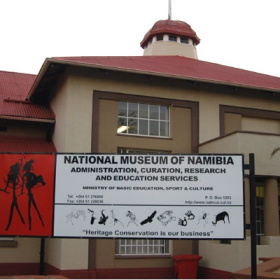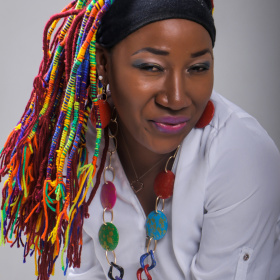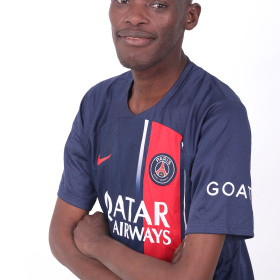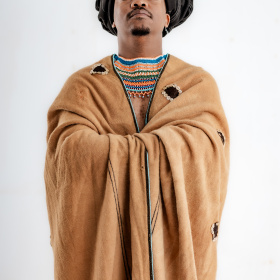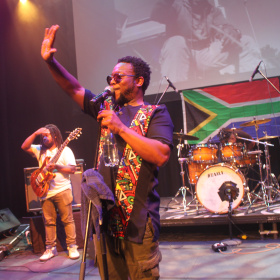National Museum of Namibia
Bio
The National Museum of Namibia is located in Windhoek and its collection focuses on the natural and human sciences. Towns such as Lüderitz, Swakopmund, Gobabis, Omaruri, Outjo and Tsumebalso host local museums. The State Museum in Windhoek features objects from the cultures of the Nama, Bushman, Herero, Ovambo and other Southern African peoples. The Lüderitz Museum features displays of diamond mining.
The museum houses various musical bows that includes the one-stringed, unbraced bows without a resonator, such as the ancient hunting bow, which is also used as a musical instrument; secondly, single-stringed, unbraced bows with a notched stave without a resonator; unbraced musical bows with a resonator; braced, mouth-resonated bows and lastly braced bows with a resonator. The okambulumbumbwa of the AaNdonga, which is also played by the HaMbukushu, BaYeyi and OvaZemba, forms part of the last group of musical bows.
Musical bows are often handed down from one generation to the next and old instruments are today highly prized. The National Museum of Namibia possesses one example of the okambulumbumbwa, which was collected by Sybil Bowker during the 1920s.
Another musical bow, played by women, is the so-called okayaya. The bow of the instrument is shaped like a hacksaw and it has notches cut into it. The string usually consists of a piece of palm leaf which is secured at the one end to the bow by a knot, while the other end is wound around the protruding point of the bow stave a few times until the tension is correct. During a culture festival in 1976 it was observed that the player had wound the end of the palm leaf around her thumb instead. The bow is played with a small stick, which is scraped across the notches. The mouth serves as resonator.
An unusual musical instrument, the so-called ekola, was only known from the AaKwanyama, where it was played by medicine men. It consisted of two or four hollow calabashes, which were glued together in sequence from big to small to form the resonating chamber. The largest calabash had a hole at the top. A curved stick of palm rib, which was notched, extended over the length of the calabashes. The sound was produced by rubbing across the notches with a short thick stick and a bundle of long very thin sticks alternately. Before 1940, the National Museum of Namibia managed to obtain a fine example of the ekola, consisting of four calabashes, which unfortunately became damaged. Another example with two calabashes can be viewed in the Swakopmund Museum. Other musical instruments used among the AaWambo include the big and smaller drums carved from wood of the omunghete tree, lamellophones, kudu horns blown during rites as well as gourd and ankle rattles.






